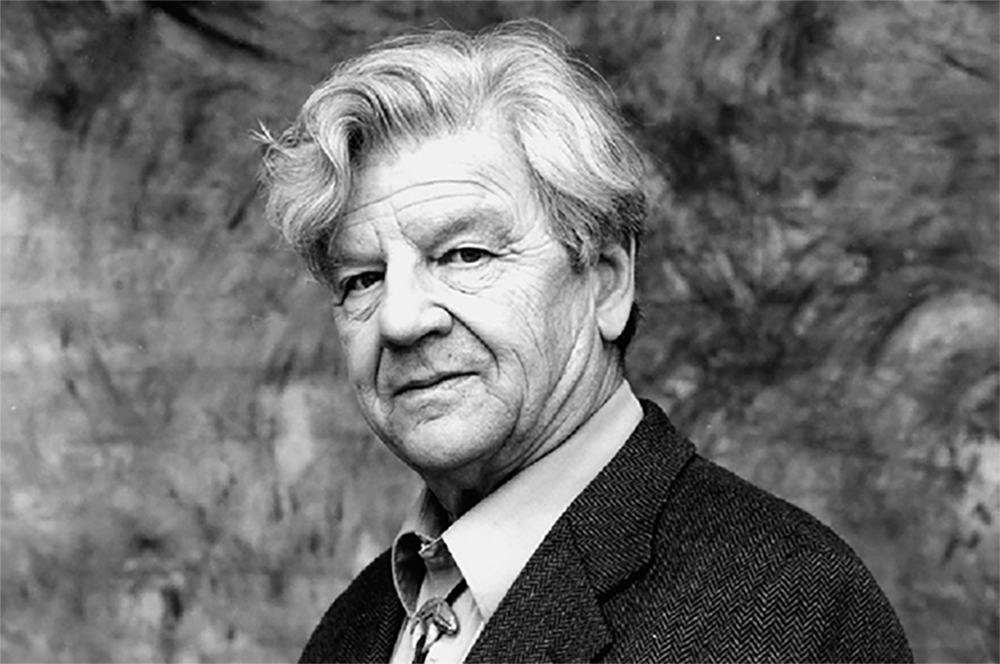
We regret to inform that on Saturday June 2nd, 2018 one of our founding members Dr. Irenäus Eibl-Eibesfeldt passed away at the age of 89 in Starnberg, Germany. He was an honorary member of our General Assembly and a very active supporter of conservation efforts in Galapagos. In fact, it was due to Dr. Eibl-Eibesfeldt´s initial efforts that the Charles Darwin Foundation exists today.
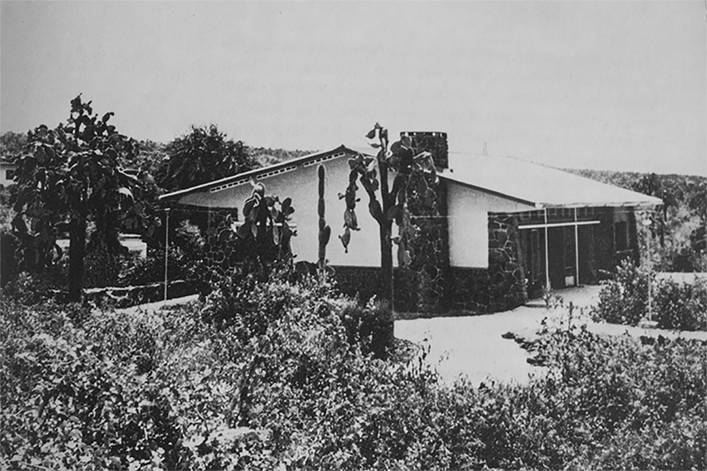
Born in Austria, he went on to study zoology, biology, physics and botany at the University of Vienna. He is considered the founder of the field of Human Ethology (i.e., the study of human behavior) and was the main author of important books on this subject. Throughout his academic career, he worked at German, Austrian and American institutions and universities. From 1953-54, he took part in the Xarifa-Expedition to the Galapagos Islands, the Caribbean Sea and the Indian Ocean. Having witnessed the scientific importance of the Galapagos Islands and being shocked by the “persecution of endemic fauna,” he stated that:
“In the vicinity of the settlements it was found that marine iguanas, sea lions, pigeons, hawks and many other endemic animals were rare or had disappeared. Skins of fur seals and sea lions, tortoise shells and young tortoises and even penguins were offered to us for small sums”
— Eibl-Eibesfeldt, 1959, p.8.
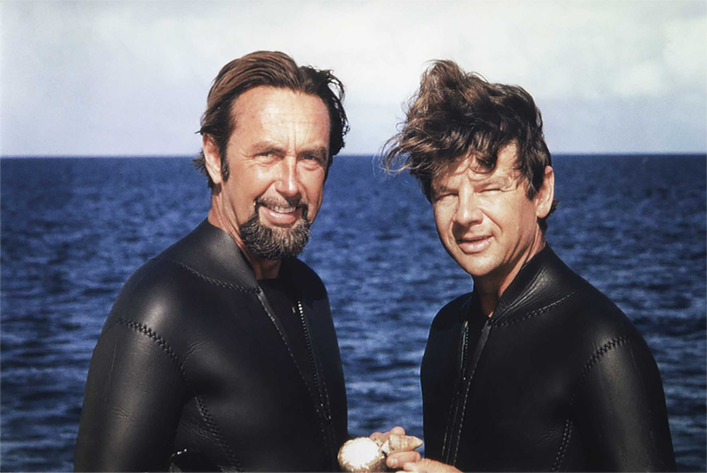
Dr. Eibl-Eibesfeldt returned to Europe and sent a memorandum to the International Union for the Conservation of Nature (IUCN), where he pointed out that “only rigid control would save this unique fauna from further persecution” and proposed that “a biological station be set up in the Galapagos area” (Eibl-Eibesfeldt, 1959, p.8). In 1957, he convinced the UNESCO, the Government of Ecuador and the IUCN to join him on an expedition to Galapagos, to “look for a suitable site for the laboratory and to collect as much information as possible about the present status of the Galapagos fauna” (Eibl-Eibesfeldt, 1959, p.8).
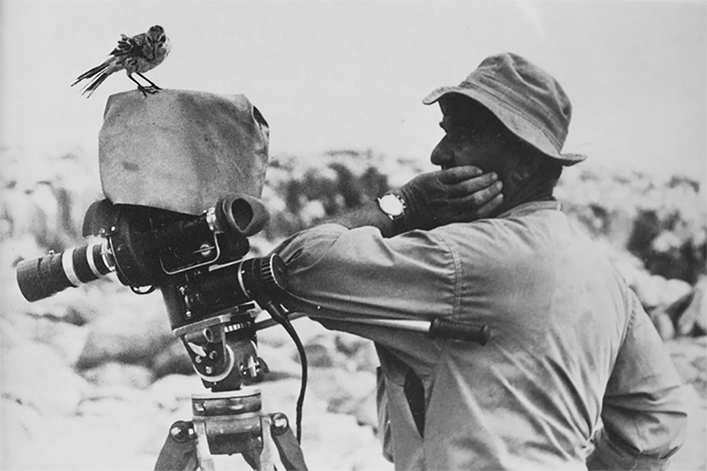
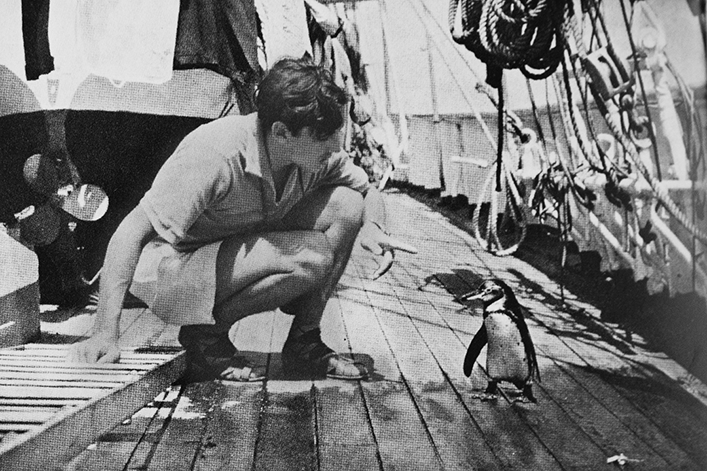
The rest of this story is history. The Charles Darwin Foundation has been conducting scientific research to support the conservation of the Galapagos Archipelago for almost 60 years now. As the work conducted in these islands entirely depends upon donations, we are also extremely grateful to him for rallying support from the Max-Planck Society and the Frankfurt Zoological Society, which lasts until today. The support by the Max-Planck Society started in 1962 and has enabled research on several iconic species, like Darwin’s finches, marina iguanas and giant tortoises. Since 1968, the Frankfurt Zoological Society has financed more than 60 projects in endemic and invasive species research, environmental education and infrastructure at CDF, including financing and maintaining the “Beagle” research vessel.
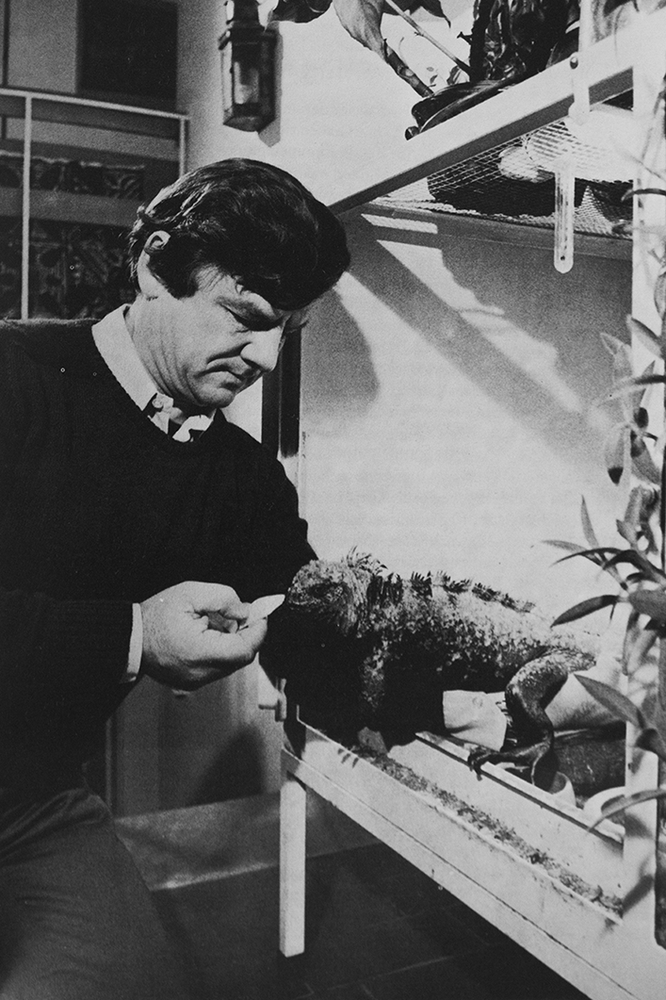
Galapagos and the Charles Darwin Foundation owe their deepest gratitude to Dr. Irenäus Eibl-Eibesfeldt for having made those journeys to Galapagos and for having created the spark for conservation of the archipelago and which has become CDF’s mission for decades. In his own words:
“Slowly but surely we men are covering our planet with asphalt and concrete and we can see how, in a few decades, natural beauty which has lasted for millions of years, has been destroyed forever...Let us, then, do our best to see that at least the...Galapagos Islands, that are so rich in natural marvels, are kept undisturbed for ourselves and for those that come after us”
— Eibl-Eibesfeldt, 1961, p. 183.
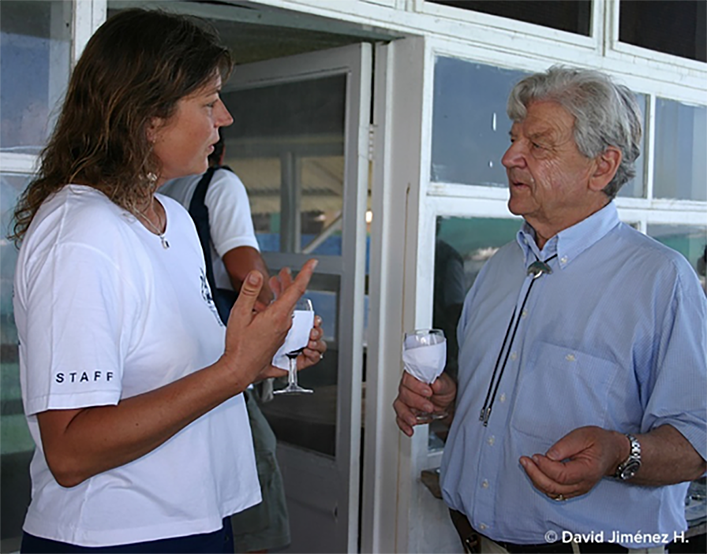
Thank you for your commitment to the Galapagos Islands.
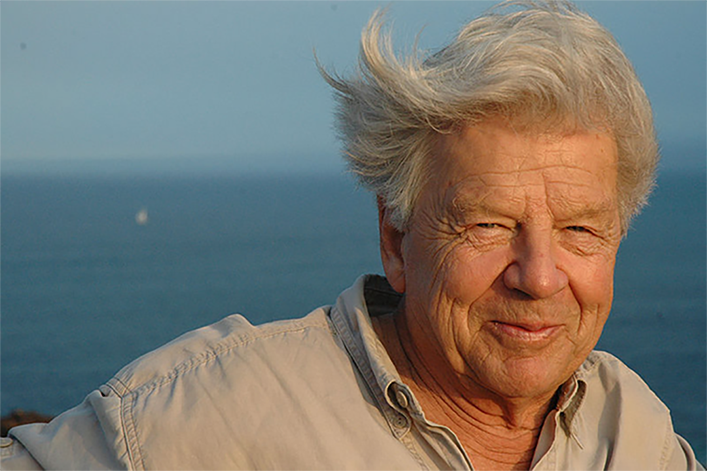
References
Eibl-Eibesfeldt, I. (1959). Survey on the Galapagos-Islands. UNESCO Mission Report, 8, 7-31.
Eibl-Eibesfeldt, I. (1961). Galapagos: The Noah’s Ark of the Pacific. (Transl. by AH Brodrick). New York, Doubleday and Company, Inc.
Eibl-Eibesfeldt, I. (1977). Galápagos. Die Arche Noah im Pazifik.





